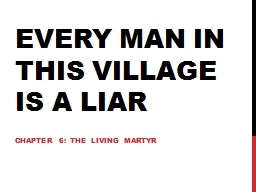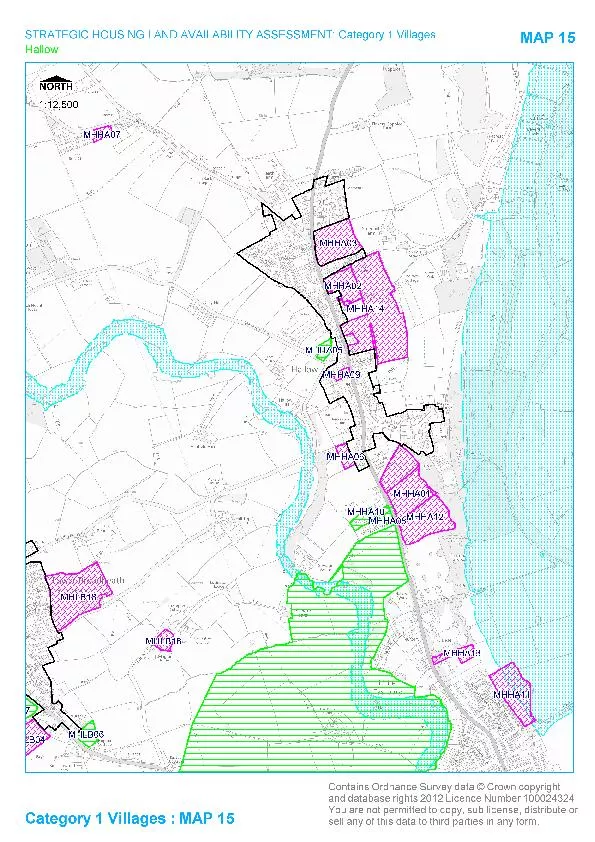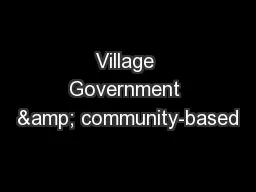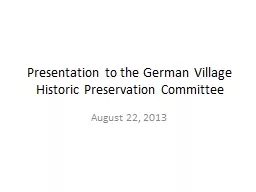PPT-Every man in this village is a liar
Author : myesha-ticknor | Published Date : 2016-05-29
CHAPTER 6 The living Martyr Background DAY OF ASHURA The Islamic holy day is a voluntary day of fasting that marks the day Noah left the Ark the time when the
Presentation Embed Code
Download Presentation
Download Presentation The PPT/PDF document "Every man in this village is a liar" is the property of its rightful owner. Permission is granted to download and print the materials on this website for personal, non-commercial use only, and to display it on your personal computer provided you do not modify the materials and that you retain all copyright notices contained in the materials. By downloading content from our website, you accept the terms of this agreement.
Every man in this village is a liar: Transcript
Download Rules Of Document
"Every man in this village is a liar"The content belongs to its owner. You may download and print it for personal use, without modification, and keep all copyright notices. By downloading, you agree to these terms.
Related Documents














